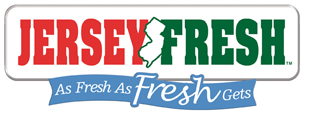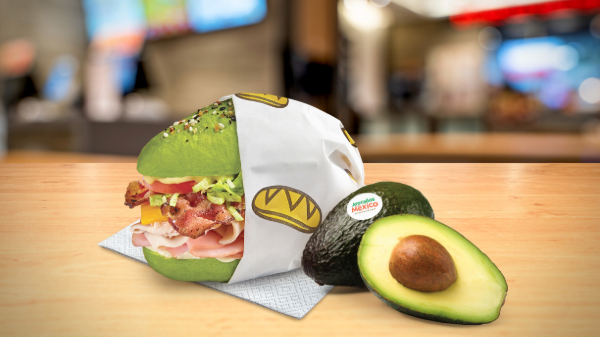Welcome to Blue Book!
Are you ready to join the thousands of companies who rely on Blue Book to drive smarter decisions? View our plans and get started today!
Still have questions? We’d love to show you what Blue Book can do for you. Drop us a line– we’ve been waiting for you.

New Jersey’s heritage is all about fresh produce. For starters, it’s called the Garden State, but how has this heritage held up under intense urban sprawl? Anyone who deals in fresh produce knows the answer.
Yes, the state’s official seal with its trio of plows, cornucopia of fruit and vegetables, and Roman goddess of abundance was created back in 1777, but it is fully supported by modern-day declarations: the state bug is a honeybee (highly emblematic of its long tradition of agriculture) and the state fruit was finally designated in 2004 as the blueberry. It’s almost as if it took 238 years (since statehood in 1776) to pick just one fruit or vegetable to represent the state.
Although urbanization claims the northern portion of the state, South Jersey carries the agricultural tradition forward with highly productive Atlantic, Burlington, Camden, Cape May, Cumberland, Gloucester, Salem, and southern Ocean counties, which had total fruit and vegetable sales of $429 million as reported by the New Jersey Department of Agriculture (NJDA).
The backbone of the agriculture industry is the “Jersey Fresh” marketing program, created by the NJDA two decades ago as a radio ad campaign to heighten awareness of the state’s fresh fruit and vegetables. Though the Jersey Fresh program
now encompasses a broad range of crops and commodities, fresh produce remains a major draw for wholesalers, retailers, and consumers statewide, as well as up and down the East Coast. The Jersey Fresh logo, updated in 2006, is a symbol of Garden State quality and plentitude.
Gloucester County is one of the nation’s top producers of peaches and bell peppers, and is also the state’s top producer of asparagus and tree fruits. Salem and Cumberland counties are investing in more peach orchards, and each dedicate about 11,000 acres toward vegetable production, according to the U.S. Department of Agriculture’s National Agricultural Statistics Service.
Statewide, there are over 10,000 farms and some 730,000 acres devoted to agriculture.
New Jersey growers plant and harvest more than 100 different varieties of fruit, vegetables, and herbs. Nationally, the Garden State continues to rank high in the production of cranberries, bell peppers, and spinach, while other heavy-hitters include sweet corn, snap peas, cucumbers, squash, tomatoes, and apples. Blueberries continue to gain even more popularity and cropland. “The soil here is perfect for blueberries, having good organic matter, the right pH, and it’s sandy enough to drain well,” explains Art Galletta, president of Atlantic Blueberry Company, Inc. in Hammonton. “The average annual rainfall is right in the wheelhouse for blueberries.”
Preliminary numbers from the USDA’s 2012 census show New Jersey’s growers are consolidating. The trend tends to squeeze out smaller growers, makes surviving farms fewer, but larger, and more diversified. Ron Budd corroborates this finding. As vice president of Gloucester County Packing, he believes the shrinking playing field and consolidation is probably here to stay. “I look at it as an opportunity to grow my business,” he observes, and he intends “to serve the players that remain.”








